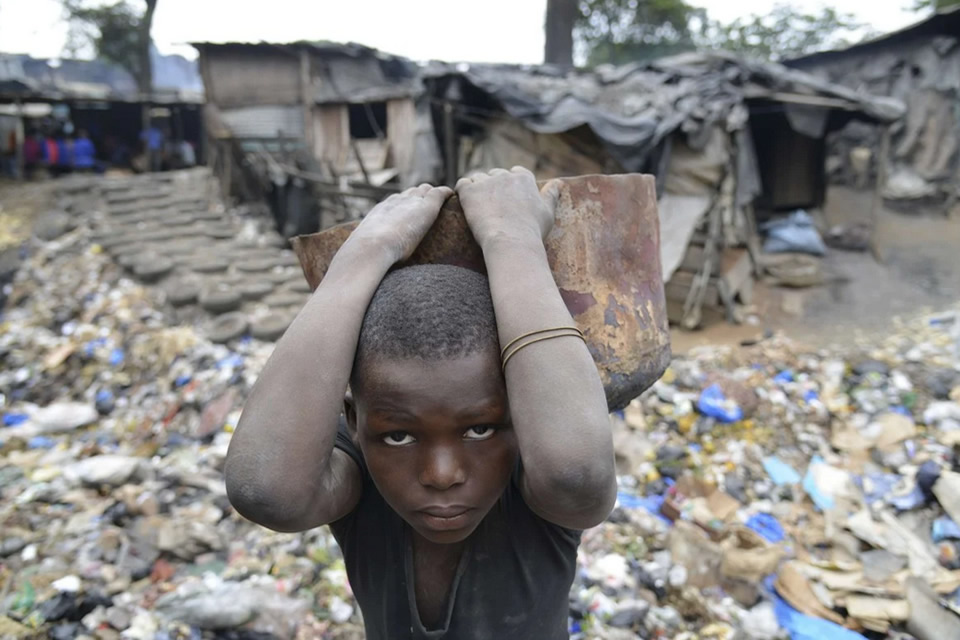By Andy McKay
High rates of African growth reported in many Sub-Saharan African countries raises concerns about living standards for ordinary African people, with many reporting shortages of food and healthcare. This article assesses changes in living conditions associated with these high levels of growth.
The African growth recovery
The world has woken up to what has been apparent to many of those who live or have been in Sub-Saharan Africa in the past 6-8 years or more: the very impressive recovery of economic growth over recent years. An estimate of the pattern of evolution of aggregate Sub-Saharan African GDP in constant dollar values since 1960 is summarised in Figure 1. This shows the well-known period of significant decline from the mid-1970s to the early to mid-1990s; but now the period of subsequent recovery of growth has almost lasted as long, and has taken Sub-Saharan Africa’s per capita aggregate GDP higher than it has ever been since Independence.
Because of the long timescale the chart may appear to suggest that the recovery since the mid-1990s has been modest. But the whole continent’s per capita GDP grew by more than 30% over the 15 year period since 1995, and this includes some large (and small) countries that have had negative growth over the period. Growth between 1995 and 2005 was still slower than in the first 15 years since 1960. But the rate of growth has been particularly fast since 2005, certainly exceeding that of the early post-independence period, even despite the world financial crisis in 2007-08.
But what is much less well known is how much this African growth has translated into better living conditions for ordinary African people. The comment is frequently made that Africans do not feel the benefits of improved economic performance “in their pocket”. If there is a concern that commodities have played an important role in this growth this may bring less benefit to ordinary people.





